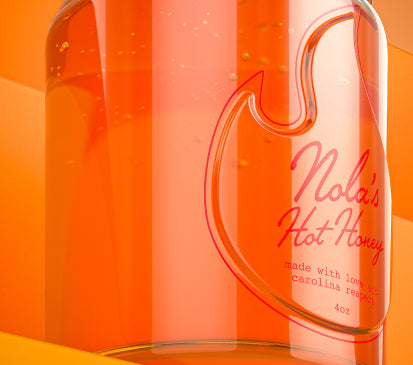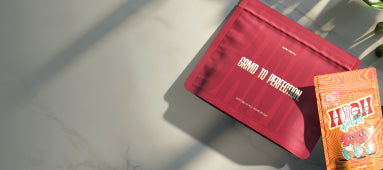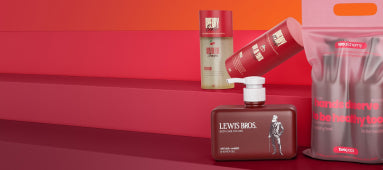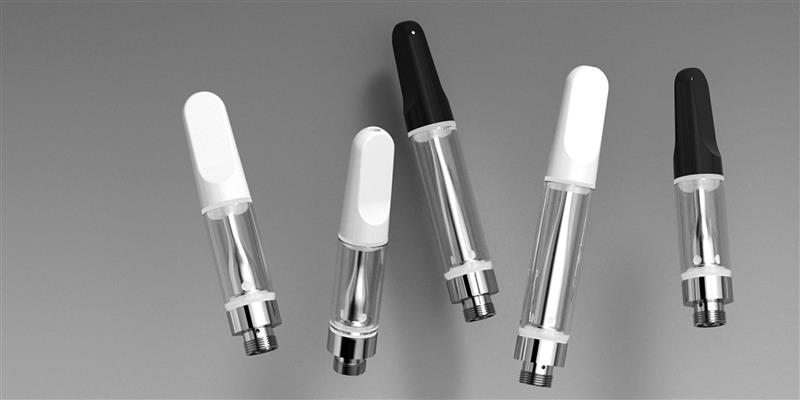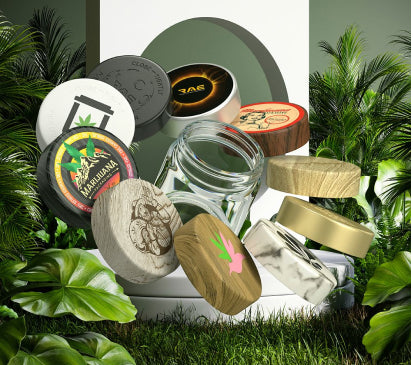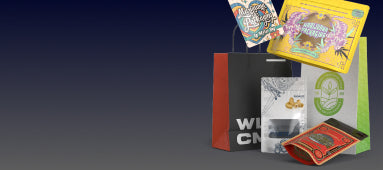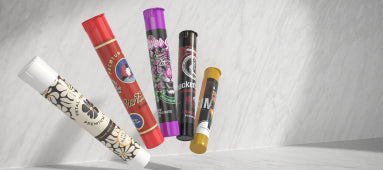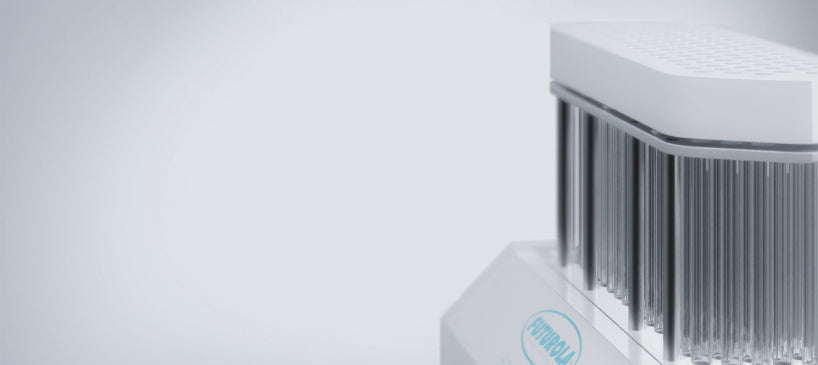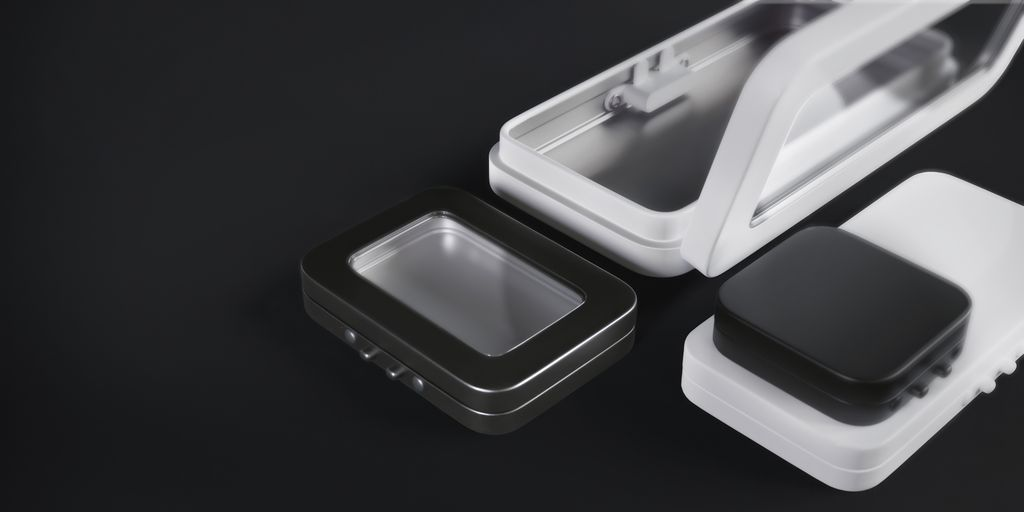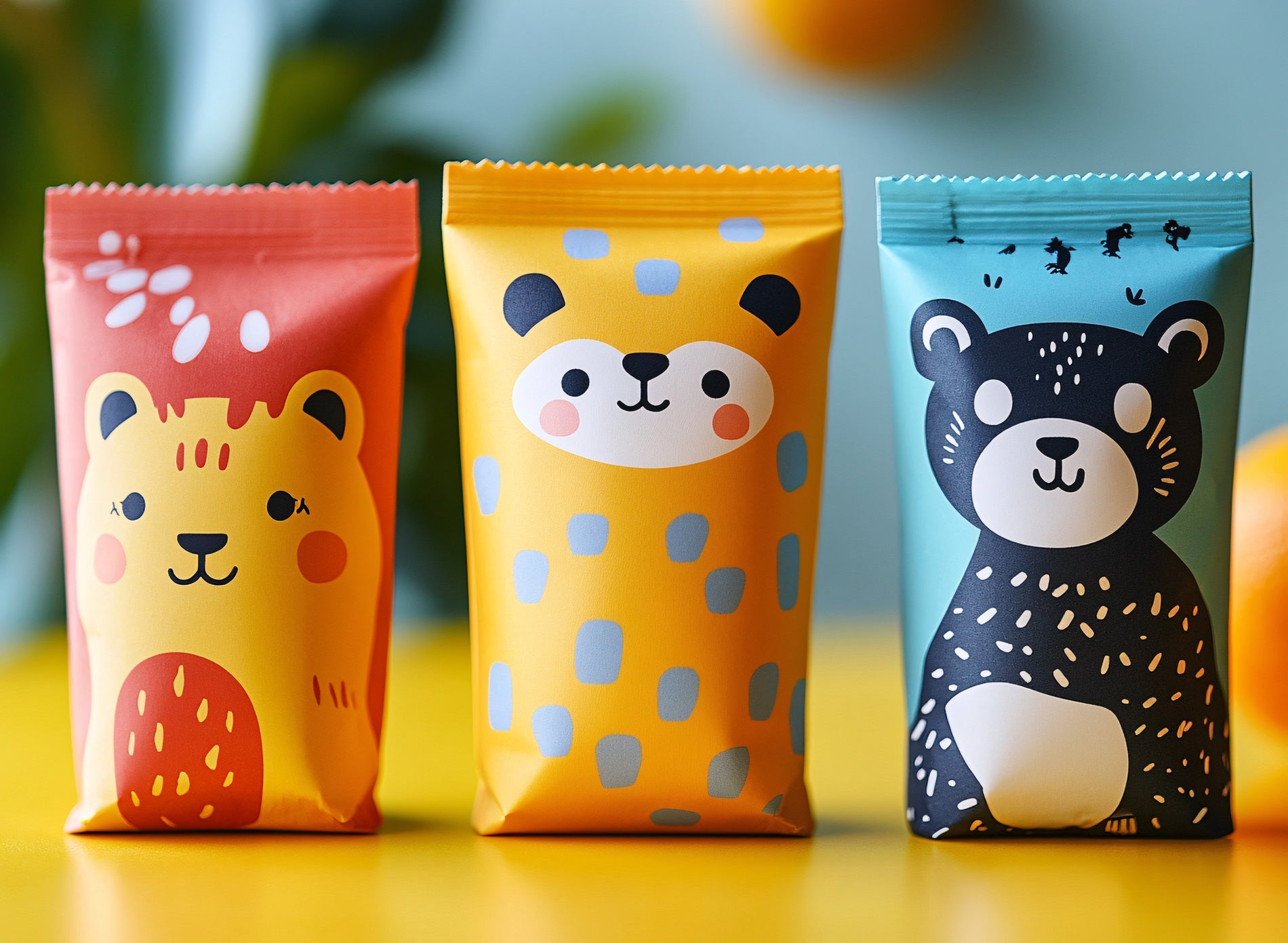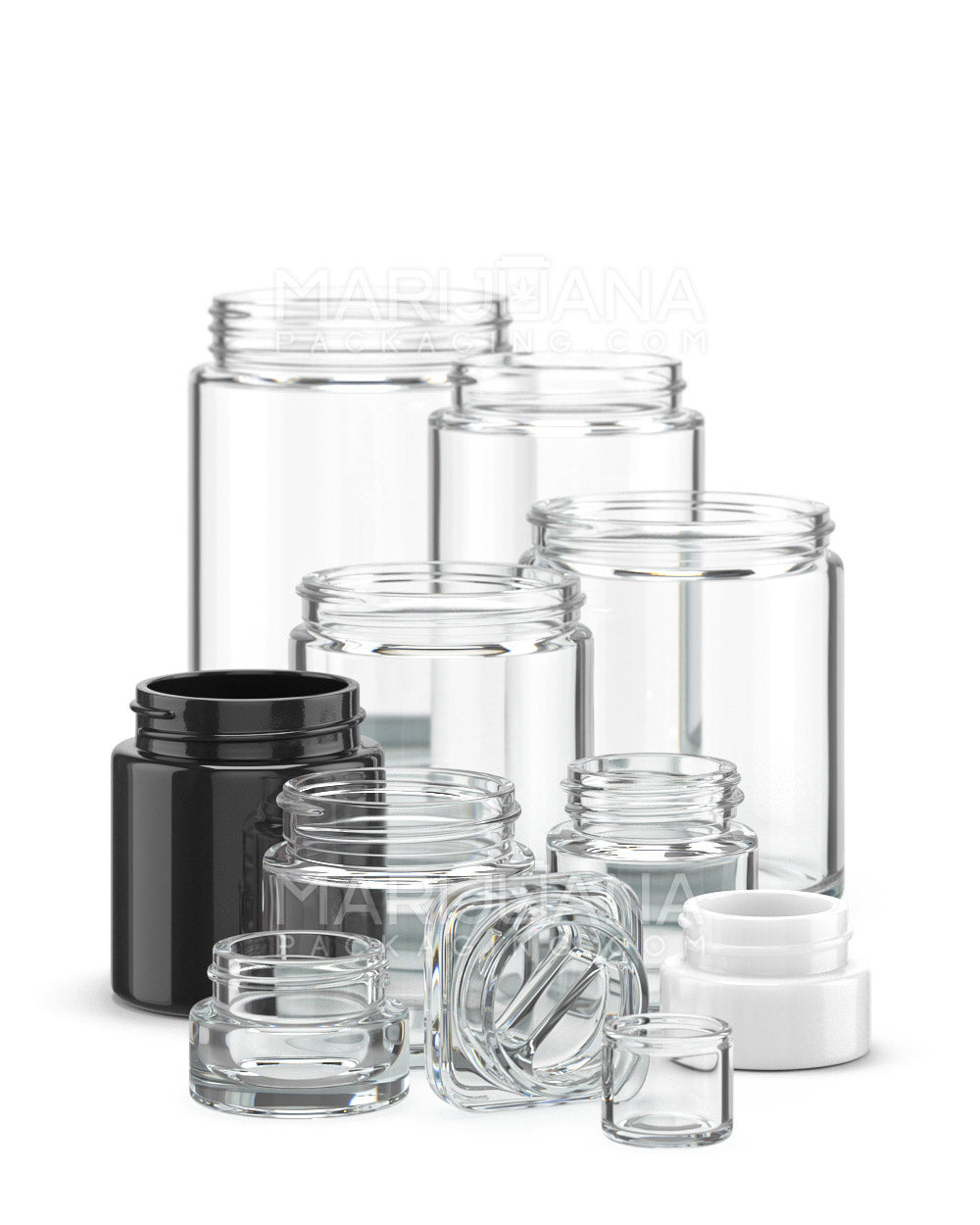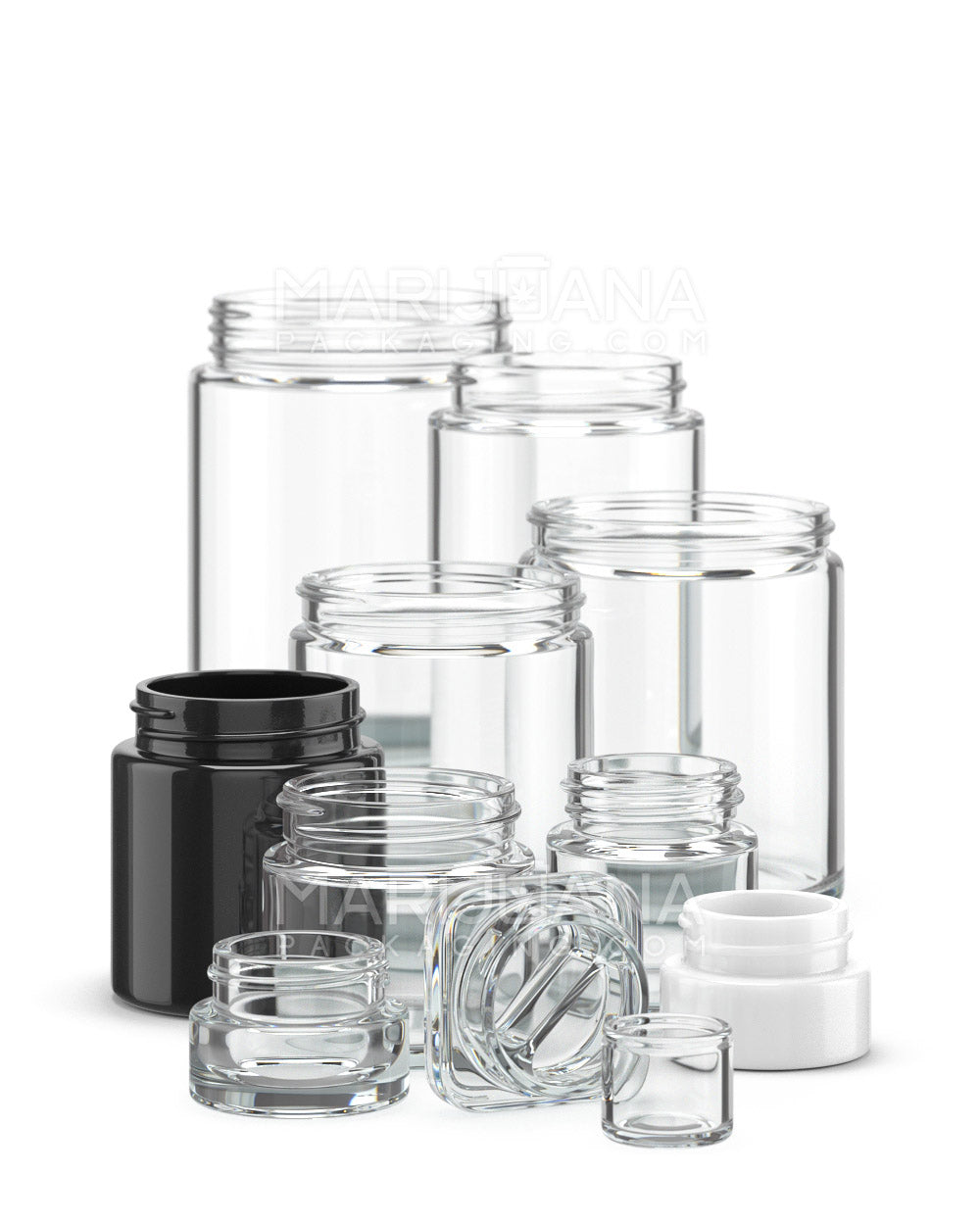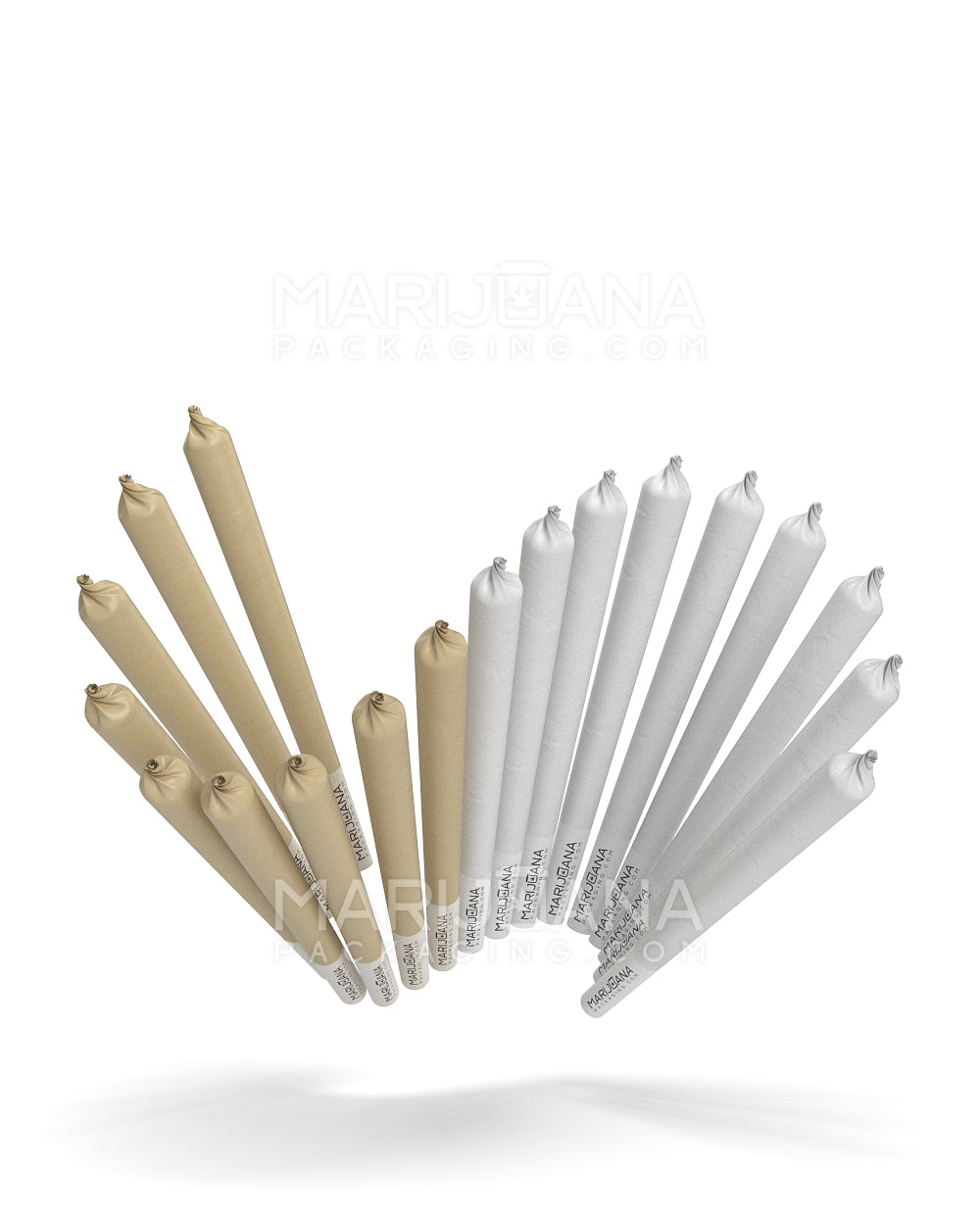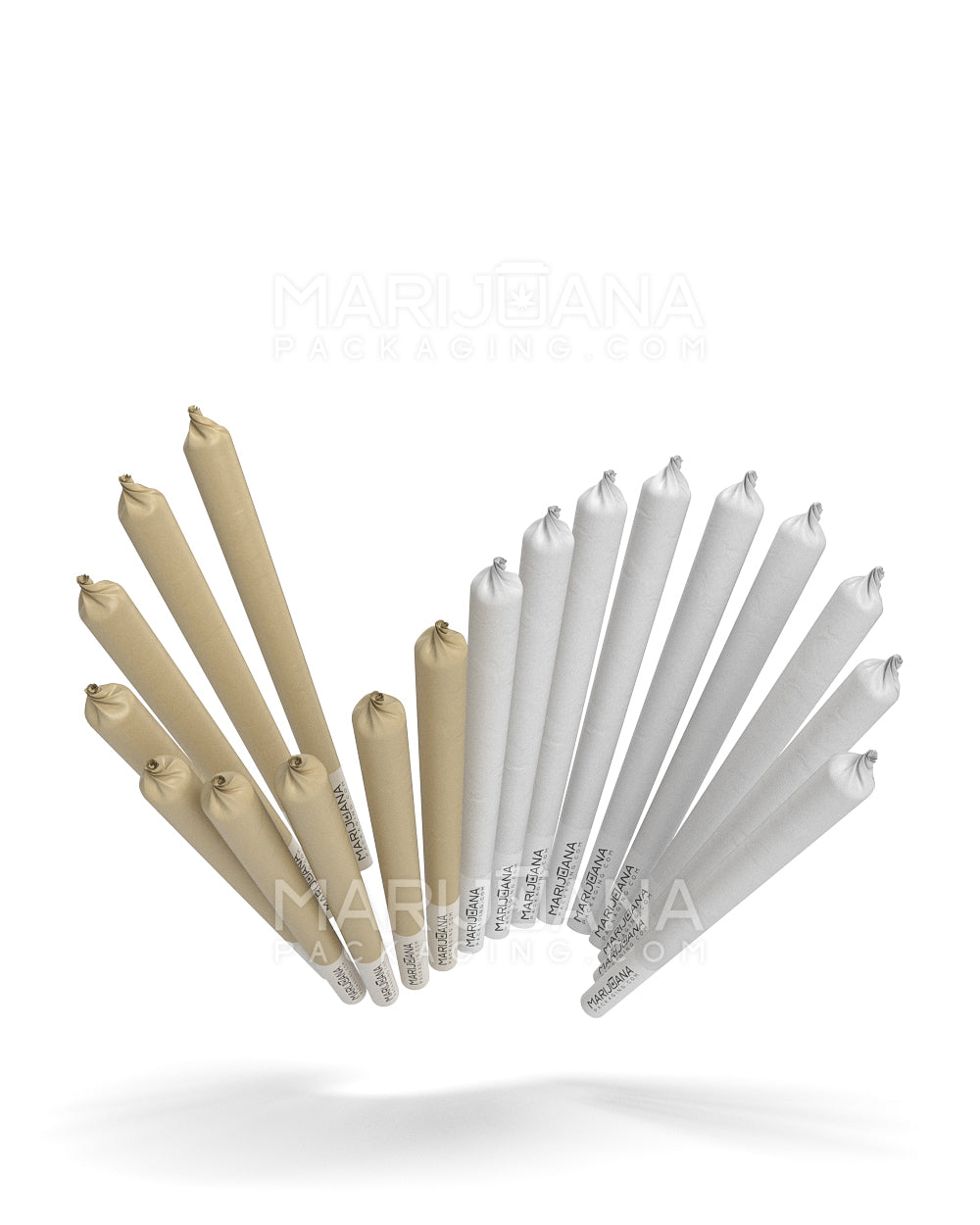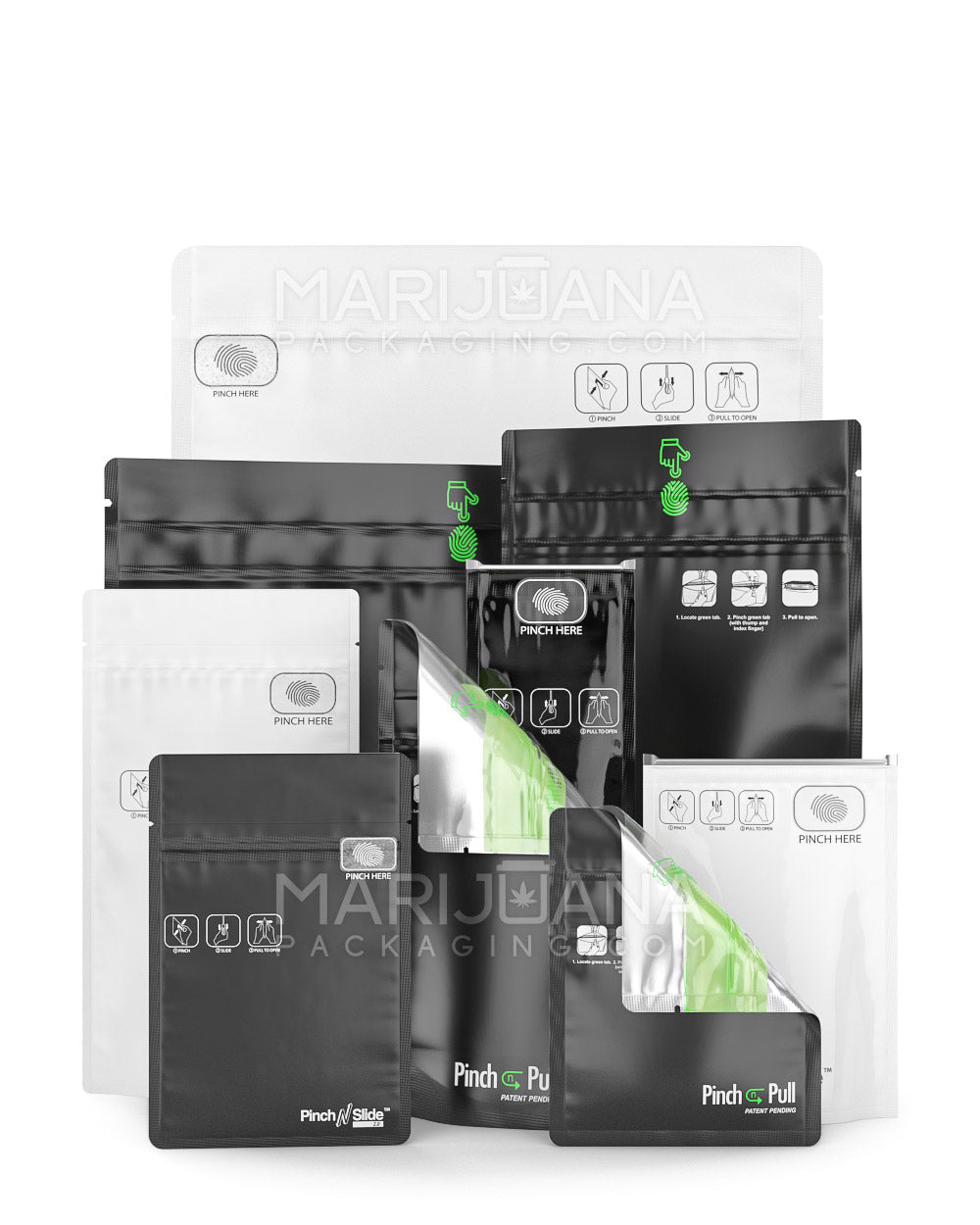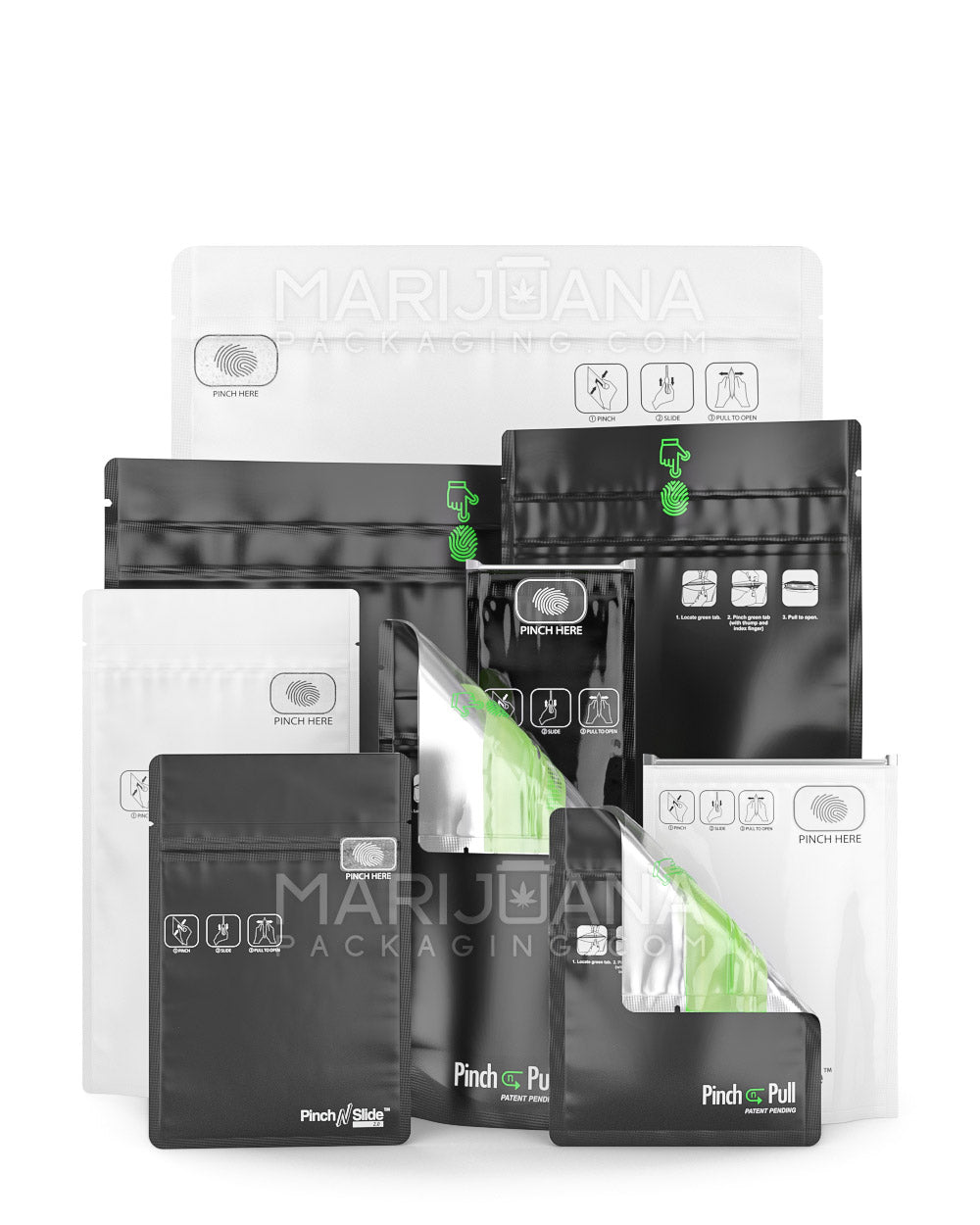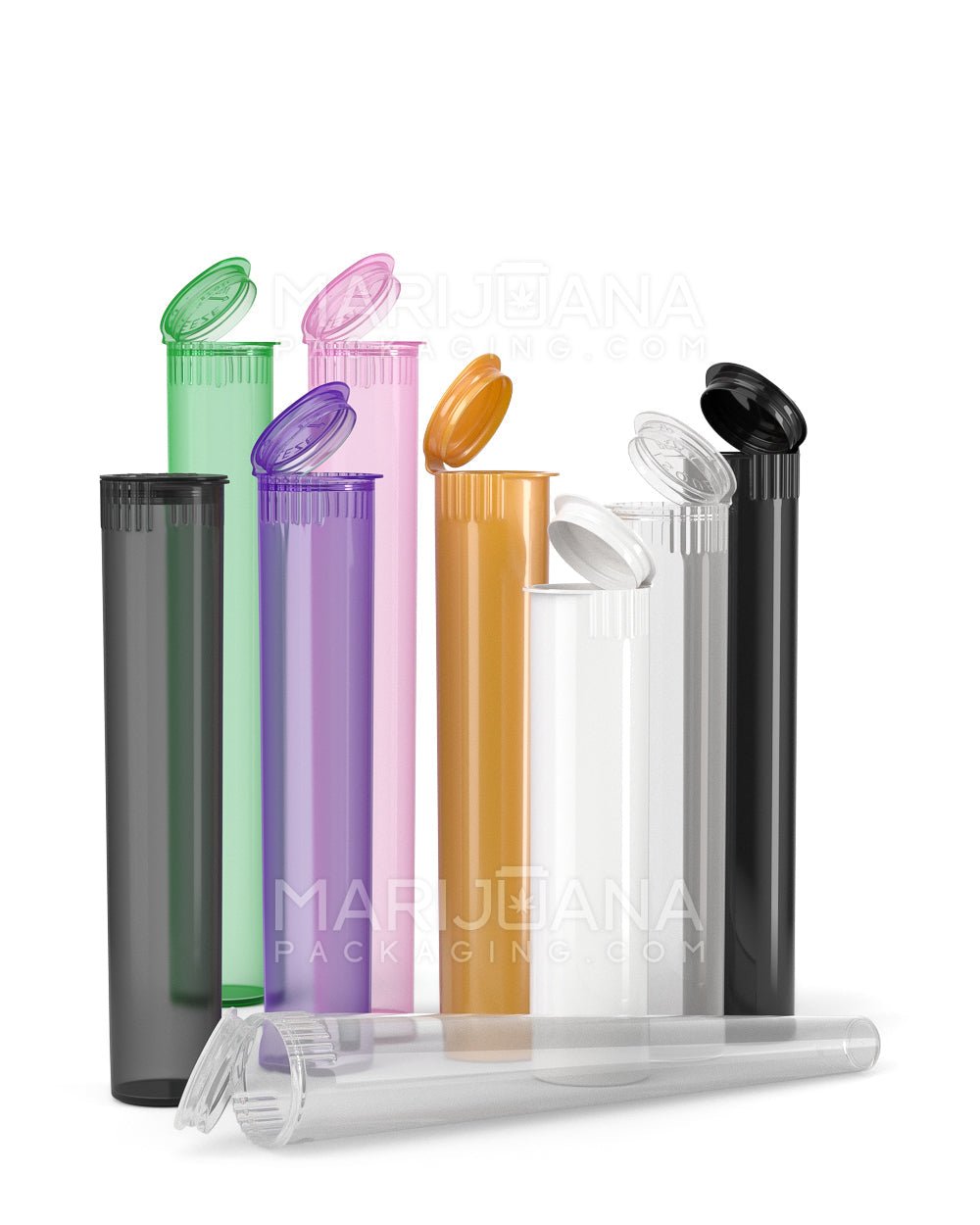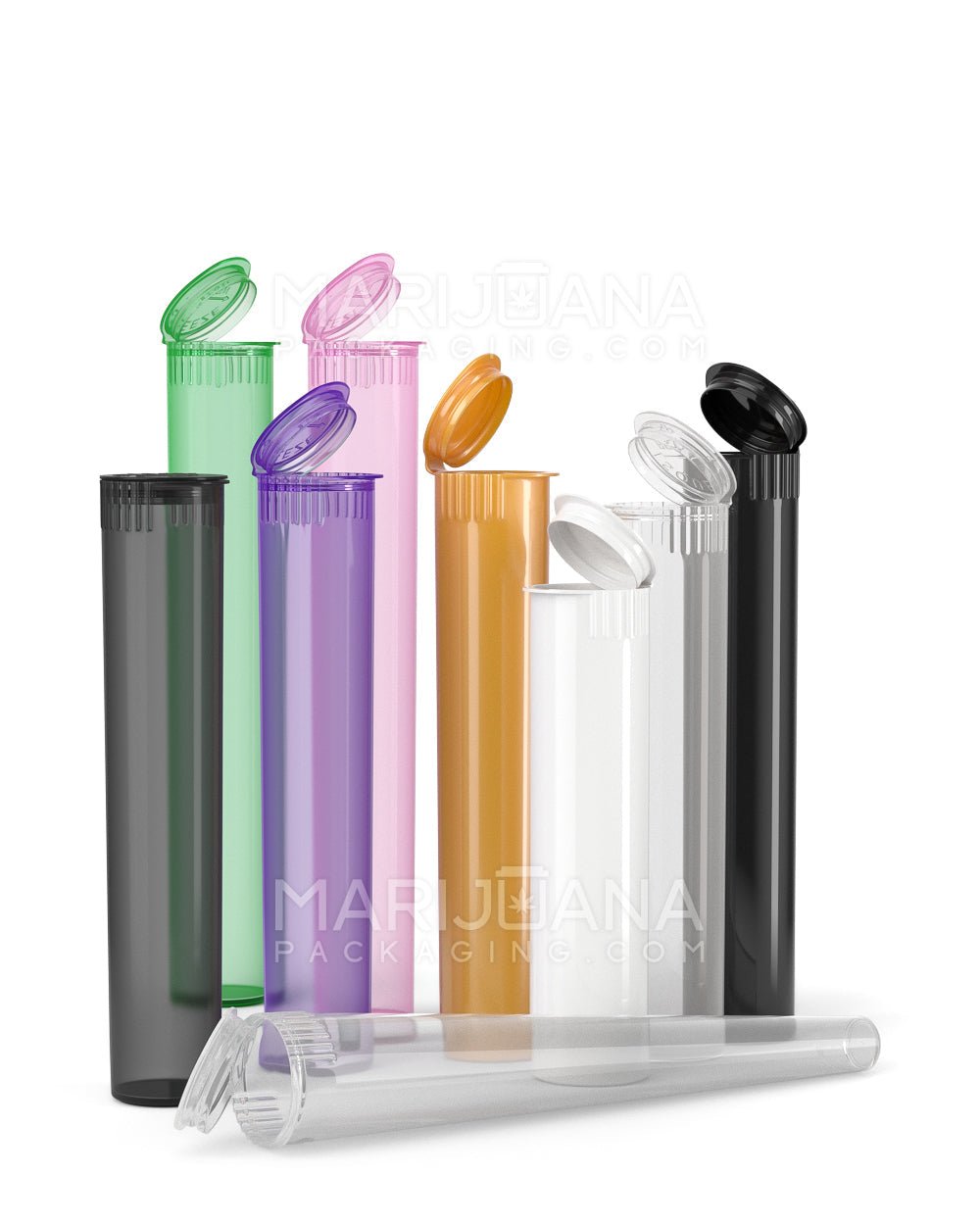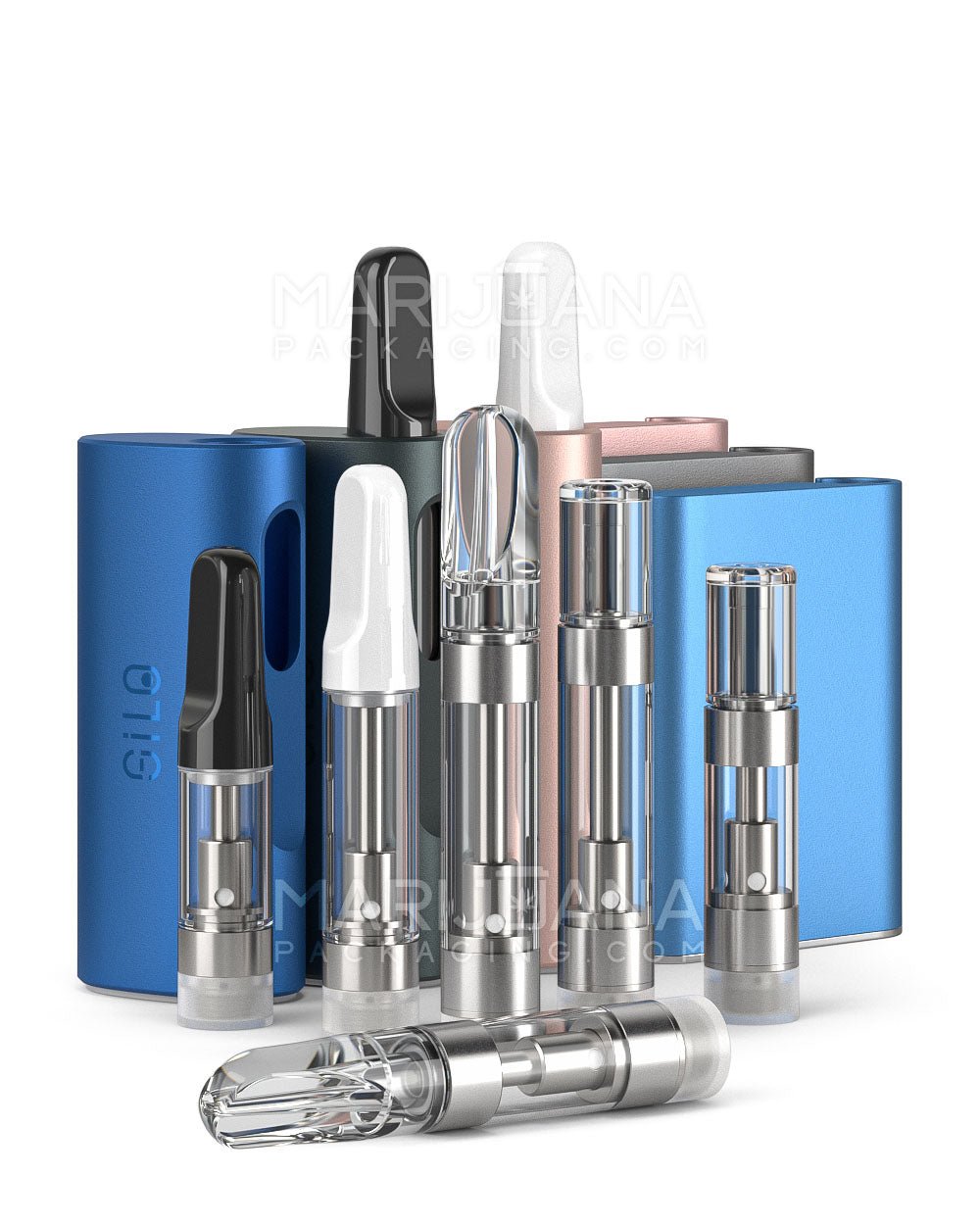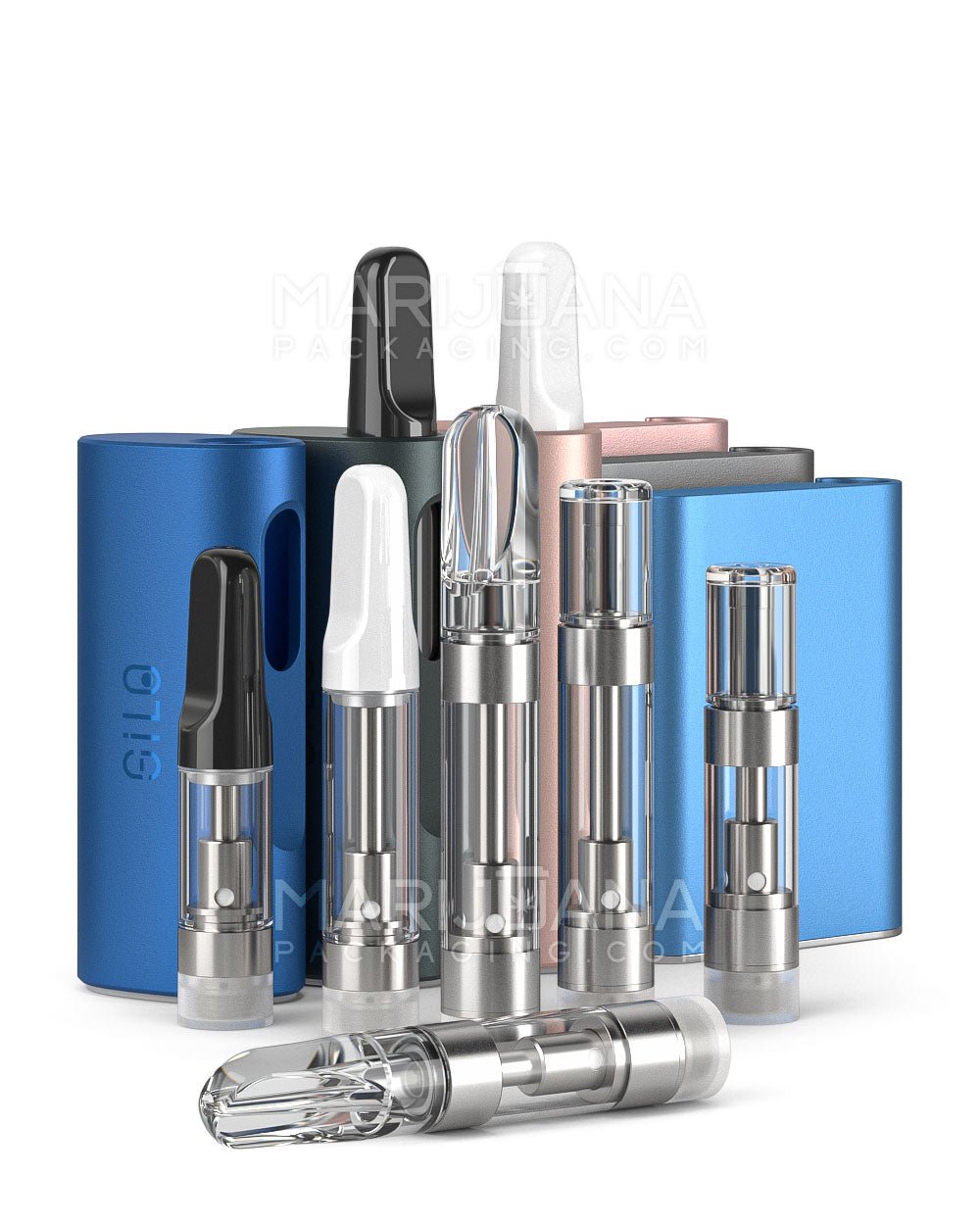When it comes to marketing and packaging, the impact of colors is unmistakable. We’ve all felt this, especially as kids. Those bright, attention-grabbing colors on product packaging always had a unique charm.
Dynamic and colorful packaging designs have great potential to attract the attention of young learners. These designs spark curiosity and creativity, making them an effective way to foster engagement and help children retain information. By incorporating lively colors, interactive features, and educational concepts, packaging can elevate everyday items into engaging tools for learning.
The Power of Vibrant Colors in Packaging Design
Bright and bold colors are essential in packaging when appealing to children. Research shows that children are instinctively attracted to vivid colors, increasing their curiosity and willingness to explore a product. Shades like red, yellow, and blue naturally grab their attention, evoking feelings of joy and excitement. They stimulate the visual senses, making products more appealing to young eyes.
Beyond attraction, colors influence emotions. Warm hues energize and excite, while cooler tones bring calmness. Thoughtfully designed packaging that leverages these effects can create strong emotional ties, associating products with fun and discovery. This connection enhances engagement and leaves a lasting positive impression on young learners.
Engaging Kids with Interactive Elements
Interactive packaging for children adds a fun, engaging element to their experience. Designs with pull tabs, pop-ups, or puzzles invite kids to explore the product more actively, turning the unboxing into a memorable activity. These hands-on features not only entertain but also help reinforce learning, as physical interaction improves retention.
For example, a cereal box designed with a maze or a game can turn breakfast into an educational experience. This interactive approach aligns well with educational product packaging strategies aimed at enhancing learning through play.
Educational Themes in Packaging
Incorporating packaging design for learning is another effective strategy for engaging young learners. Packaging that features characters from popular educational shows or includes fun facts can stimulate children’s curiosity about various subjects. For instance, a snack package could feature animals with interesting facts about their habitats or diets.
This method not only makes the product appealing but also serves as a conversation starter between parents and children. Parents appreciate packaging that supports their child’s learning journey while providing nutritional information or healthy eating tips. Thus, educational themes in packaging can benefit both kids and parents.
The Role of Design in Child Psychology
Understanding packaging and child psychology is crucial for creating effective designs. Children process visual information differently than adults. They respond better to simple shapes and familiar characters. Therefore, successful packaging often features recognizable images or mascots that resonate with young audiences.
Moreover, the overall design should be age-appropriate. As kids mature, their preferences shift quickly. Packaging intended for young toddlers will look quite different from that designed for pre-teens. Brands need to keep these growth stages in mind when creating their products to make sure they stay cool and appealing.
Building Positive Emotional Connections
The emotional connection between children and products is vital for brand loyalty. Bright and bold designs for young learners help forge these connections by creating memorable experiences. When children associate a product with positive feelings—such as joy during playtime or satisfaction during snack time—they are more likely to choose it again in the future.
This emotional bond extends beyond the child; it also influences parents’ purchasing decisions. Parents want products that entertain and educate their children. So, they are more inclined to purchase products that are engaging and promise both fun and learning.
Benefits for Parents and Educators
The advantages of bold and bright packaging for kids extend to parents and educators as well. Engaging kids with packaging can facilitate discussions about various topics at home or in the classroom. For instance, a brightly packaged science kit might spark a child’s interest in experiments or nature.
Additionally, when educators use products with interactive packaging in lessons, they create dynamic learning environments that keep students engaged. This approach fosters collaboration among peers as they explore together.
Final Thoughts
In conclusion, bright and bold packaging designs are instrumental in captivating young learners by appealing to their curiosity and imagination. Through vibrant colors, interactive elements, and educational themes, packaging serves as an essential tool for engagement and learning retention.
The psychological effects of visual elements are crucial in shaping how children view products. By creating positive emotional associations through intentional design, brands can appeal to children while gaining the trust and approval of parents.
